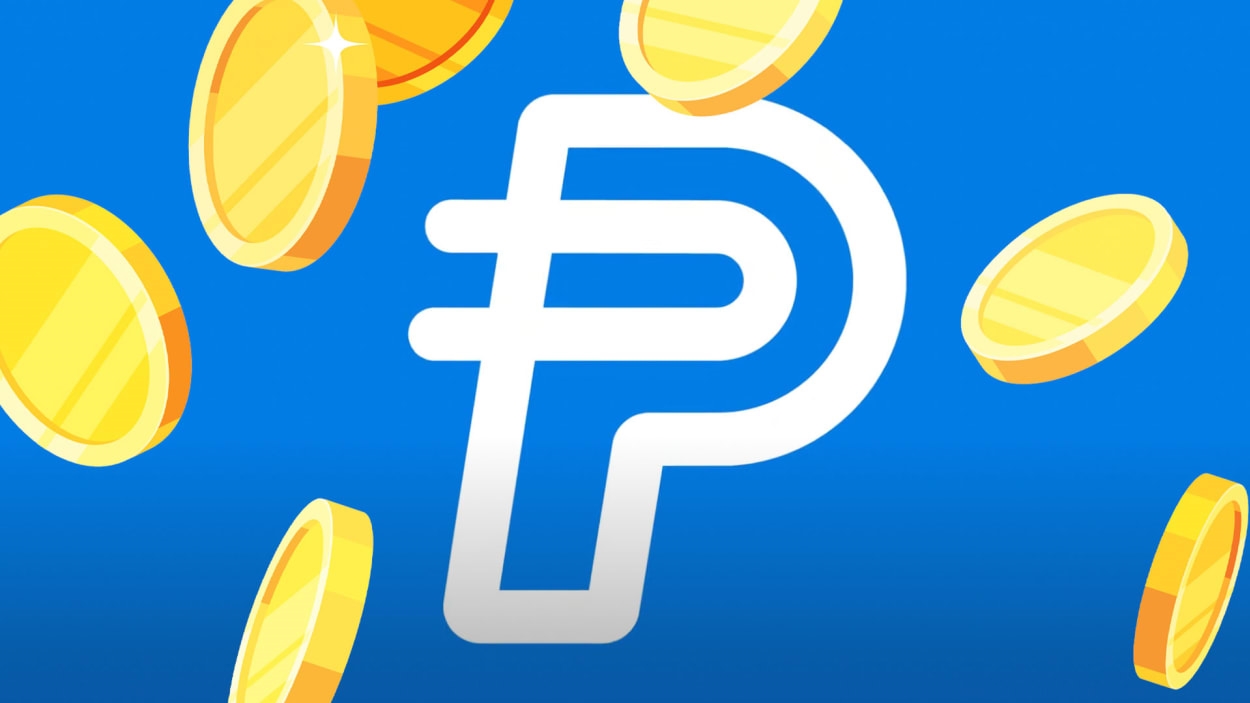Crypto winter be damned, PayPal has a new stablecoin
PayPal is wading further into the waters of cryptocurrency by becoming the first major financial institution in the United States to launch its own stablecoin, despite the landscape’s stormy sea of regulation.
On Monday, the Elon Musk-founded payments company announced its PayPal USD, which would be pegged to the price of the U.S. dollar and fully backed 1:1 in “deposits, short-term U.S. Treasuries, and similar cash equivalents.” It would be issued by Paxos, the blockchain infrastructure company that also built a stablecoin for the world’s biggest crypto exchange, Binance.
“The shift toward digital currencies requires a stable instrument that is both digitally native and easily connected to fiat currency like the U.S. dollar,” Dan Schulman, PayPal’s president, said in a statement. “Our commitment to responsible innovation and compliance, and our track record delivering new experiences to our customers, provides the foundation necessary to contribute to the growth of digital payments through PayPal USD.”
The move comes at a time when mass migration to digital currencies feels less inevitable than it did, perhaps, in 2021, when fintech firms like Square and Robinhood constructed crypto integrations. Venmo, the money-transferring mobile app owned by PayPal, has allowed users to buy and sell cryptocurrencies for years now, with the crypto tab still featuring on the app’s home screen. But launching a stablecoin bearing PayPal’s own name is a new level of investment, and a vote of confidence even as Web3 has chilled in popular culture and valuations are down by as much as 90% in today’s crypto winter.
Meanwhile, the looming threat of regulation has put the future of stablecoins in question. While stablecoins are viewed as the “safest” entry into the crypto space for the non-degens among us, it was the implosion of a stablecoin ecosystem, Terra-Luna, that catalyzed the first crypto market crash in 2022, evaporating nearly $60 billion in user funds.
In the wake of the cataclysm, congressional lawmakers, who are often notoriously slow to act, said at last June’s Consensus conference that the first crypto legislation would likely focus on stablecoins. Today, a key stablecoin bill, which has advanced to the House of Representatives for the first time along with three other crypto bills, is awaiting a vote.
PayPal’s plans to bring a stablecoin to market were already scuttled once earlier this year. In February, Bloomberg reported that PayPal was forced to pause work on the project amid regulatory scrutiny, as its partner Paxos was ordered by the New York Department of Financial Services to cease minting its Binance USD stablecoin. Paxos was also slapped with a Wells Notice from the Securities and Exchange Commission for issuing Binance USD as an unregistered security.
Meanwhile, Binance itself is facing charges from the SEC and possibly the Department of Justice over various criminal behavior, including allegations that it was dodging oversight on how it custodies consumer assets.
The trauma of such mismanagement is still a fresh wound. In 2022, the Terra stablecoin saw its consumer reserves rapidly drained in a crypto bank run, despite claiming to be backed by a self-stabilizing algorithm as well as over $3 billion in cryptocurrencies including Bitcoin and Avalanche. As people rushed to cash out, the token’s value plunged to nearly zero.
In a news release, PayPal said it would offer transparency into how it backs its consumer assets by publishing a monthly report that “outlines the instruments composing the reserves” starting in September 2023.
(17)



